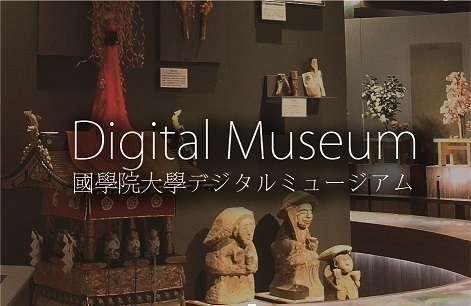- トップ
- Encyclopedia of Shinto
- Kannushi
Encyclopedia of Shinto
| Main Menu: | |
| Links: |
詳細表示 (Complete Article)
| カテゴリー1: | 3. Institutions and Administrative Practices |
|---|---|
| カテゴリー2: | Officiants |
| Title | Kannushi |
| Text | In present usage, kannushi is a general term for shrine priests (shinshoku). Since ancient times this term has been applied to those who ritually serve kami. It is stated in Nihon shoki that Empress Jingū chose an auspicious day, entered the Iwainomiya and became a kannushi herself. Kojiki states that Emperor Suijin became a kannushi in rites for Ōtataneko no mikoto. There are also records of the term being used at Munakata Jinja (now called Munakata Taisha) in Tsukushi and at Ise Jingū, showing that kannushi was one term used for shrine ritual specialists. At Ise and Ōmiwa Jinja the term dai kannushi was also used, while in the records of Kasuga Taisha and Matsuno'o Taisha, kannushi and gon-kannushi are used as names of official positions. The kannushi was a mediator (nakatorimachi) between kami and humans, and served the kami on behalf of humanity. Sometimes the kannushi played the role of the kami or even acted as a kami to transmit the will of the kami to humanity. Even now there are communal rituals which give a glimpse into ancient forms of kannushi, such as tōya, tōnin, and ichinen kannushi. — Nishimuta Takao |




